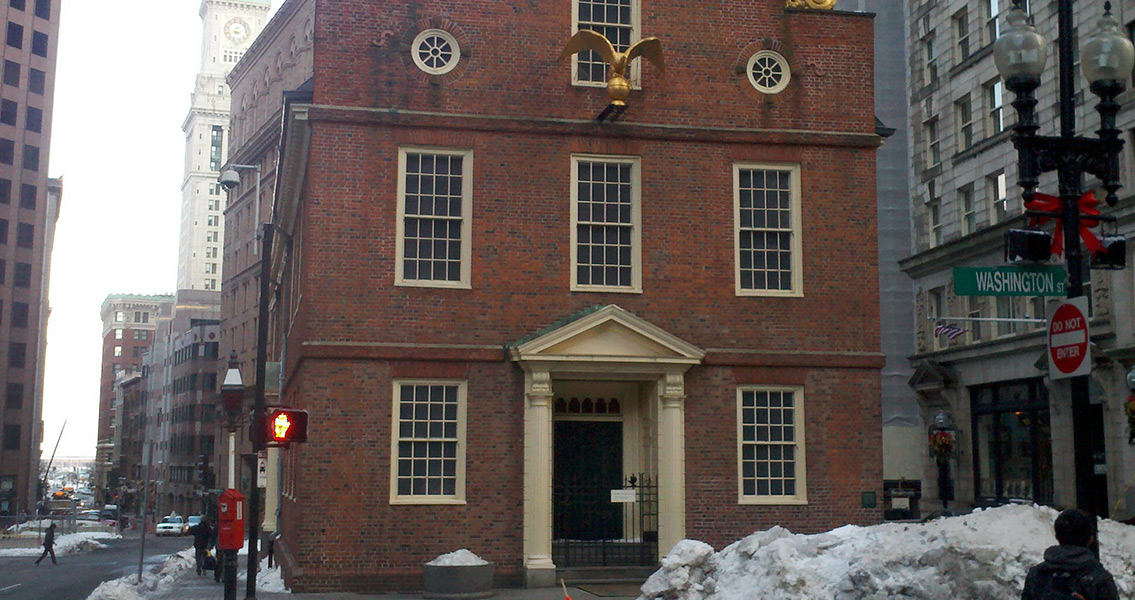<![CDATA[A time capsule buried by Samuel Adams and Paul Revere has been opened. Discovered last month during maintenance work, the time capsule had lain buried in the cornerstone of Massachusetts's State House in Boston, where it had originally been placed in 1795. Since being removed, the time capsule has been X-rayed and analysed at the Boston Museum of Fine Arts. It has now been opened, revealing a wealth of exciting artefacts. In a recent press conference, museum conservator Pam Hatchfield carefully opened the time capsule. Hatchfield set about removing the capsule's delicate contents with a variety of tools including a porcupine quill and one of her grandfather's dental tools. The brass box, measuring 5.5" by 7.5" by 1.5", had gone green with age, and conservators were worried about the condition of the items within. Its contents were already known to researchers as the capsule had been opened in 1855 during repairs to the building. Concerns about the state of the contents were raised as, when the capsule was opened in 1855, its contents had been cleaned. Knowledge of conservation was rudimentary in the mid-nineteenth century and it was feared that harsh chemicals could have been used. Even after repeated X-rays and thorough examination of the capsule, there was no way for Hatchfield and her colleagues to know what condition the contents were in. Thankfully, all items in the capsule were well preserved. One of the first items removed was a collection of folded newspapers described as being in "amazingly good condition." Twenty-three coins were also removed. Some dated from the mid-nineteenth century, when the capsule had last been opened. Others were from 1795 when it was originally placed in the cornerstone. Also found was a 'Pine Tree Shilling,' dated to 1652. Massachusetts printed its own, technically illegal, money during the interregnum following the execution of King Charles I in 1649, but was promptly punished for it after the crown was restored. The Pine Tree Shilling, therefore, is an artefact from a hectic period in the state's history. The capsule contained further artefacts including a copper medal depicting George Washington's image and the words 'General of the American Army'. A seal of the Commonwealth of Massachusetts was also removed, along with a title page from the Massachusetts Colony Records. Finally, Hatchfield removed a silver plate with an inscription bearing a dedication of the State House from July 1795. The silver plate was in such remarkable condition that it still had fingerprints on it. It is possible that the plate was the work of Paul Revere, master metalsmith and Revolutionary hero who had placed the time capsule with Adams and William Scollay. Executive director of the Massachusetts Archives and Commonwealth Museum, Michael Comeau, told The Guardian “I think these objects allow that real attachment to the people who preceded us, you feel a part of something more. [Time capsules allow us to] better understand not only what happened before us but also helps to better understand ourselves, because it’s this power of memory, of shared memory and heritage.” Time capsules provide a fascinating glimpse of a specific moment in history. They allow us to see objects which past people deemed worthy of preservation. Tangible objects from the past allow us to see what historical people were attached to and thought important. Image courtesy of Wikimedia commons user: TheFSaviator ]]>
Samuel Adams and Paul Revere Time Capsule Opened
